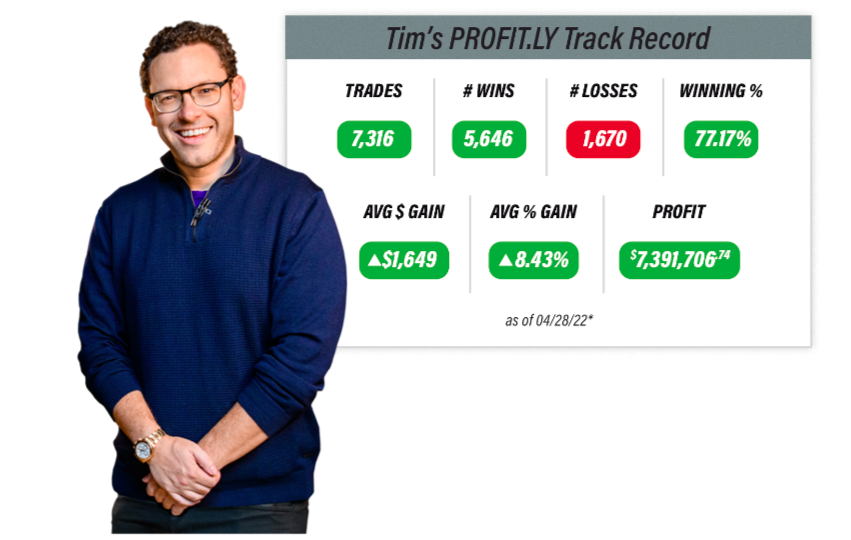On the surface, trading is a game of numbers. Market caps, share prices, floats … they’re all numbers.
That’s probably why so many people think you need to be a math whiz to be good at it … but that’s simply not true.
I’m no math genius, and most of the best traders I know aren’t either. Trust me … You don’t have to be Albert Einstein to become a millionaire trader.
But you do need to keep track of your trades. Doing so will help you assess your performance honestly with some valuable perspective. For example…
Which setups are working for you? Do you have more success trading calls or puts, weekly or monthly contracts?
Keeping a trading journal is one of the best ways to answer all these questions about your performance.
Wondering how to start your trading journal? Don’t stress about it. Keep reading and I’ll show you how…
What to Include in Your Trading Journal
There’s no one correct way to track your trades or keep a journal.
Different traders will have different aspects of their performance they like to track.
Growing A Small Trading Account? Check this Out

When multi-millionaire trader Mark Croock first started trading, he was an overworked and underpaid accountant…
So he knows what it’s like to start small while wanting to massively grow your wealth as quickly as possible.
That’s why he just recorded a step-by-step training that reveals what he believes is the best options trading method for someone trading with a small account.
For instance, if you aren’t trading options, there’s obviously no reason to take note of the type of contract or expiration date you’re trading.
But for me, these things are crucial to track.
That said, I think there are some pretty standard things that every trader should keep track of for every trade.
I’d suggest keeping a trading journal (in the form of a spreadsheet) that tracks the following:
- Ticker
- Entry time and exit time
- Entry share price and exit share price
- % Gained/Lost
- Volume
- Market cap
- Charts
- Catalyst
- General Notes
For options trades, add columns for the following sections:
- Expiration date
- Contract price
- Call or Put
- Option Volume
- Open Interest
- ‘The Greeks’ – delta, gamma, theta, and vega
And if you’d still like further guidance on how to start your journal … check out this video where Tim Sykes lays down the ground rules for tracking your trades!
Why Tracking Your Trades is So Important
After you’ve entered your trades consistently for a few months, you’ll be able to see trends in your successes … and your failures.
Over time you’ll get a better understanding of how different factors affect the ultimate outcomes of your trade decisions.
For example, you may notice that you have more success trading puts than calls. (This is definitely the case with me.)
Learn the secret Tim used to turn a small investment into a fortune
On the other hand, your trading journal may reveal that you do better as a swing trader, while you tend to win less on day trades.
Whatever you do, don’t make your spreadsheet too fancy.
Keeping your journal simple is important when first starting in the markets. Make it fun. It’ll help you build a routine of tracking your data.
Don’t think of it as a chore. Think of it as a game that can improve your trading skills.
Final Thoughts
If you trade a lot, and you don’t keep track of every trade, it can be nearly impossible to get a big-picture view of your performance.
But by keeping a trading journal you can get a clear, overall view of how you’re doing in the markets.
And that’s priceless for any aspiring trader.


